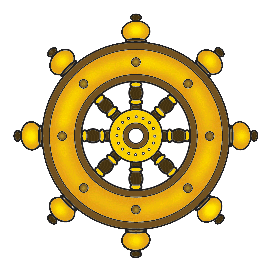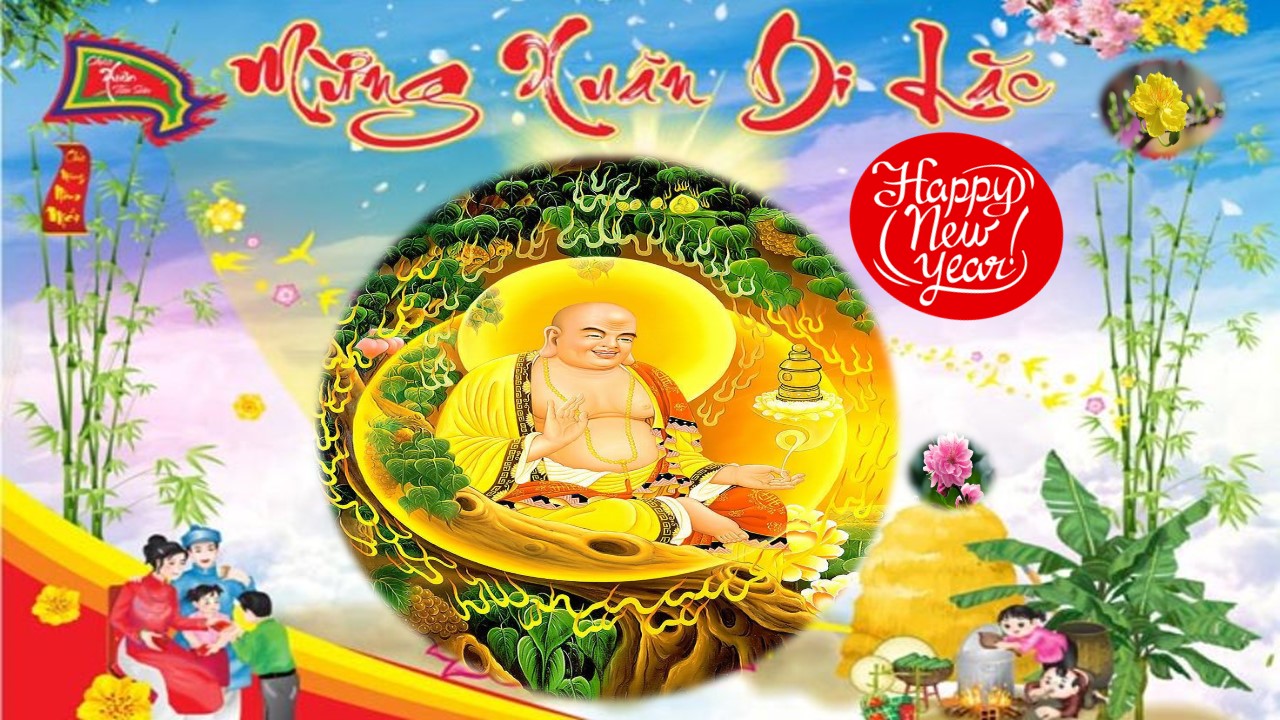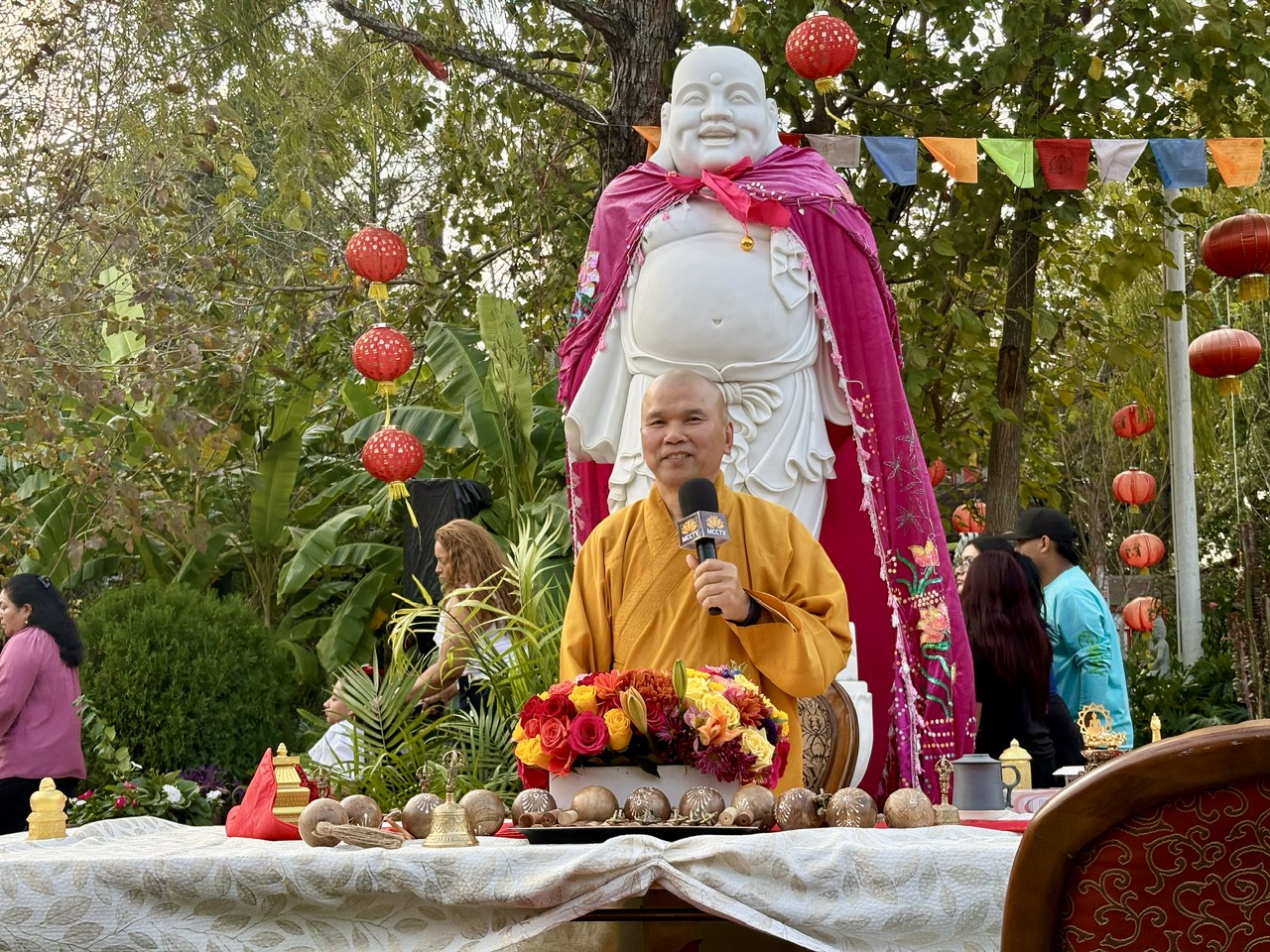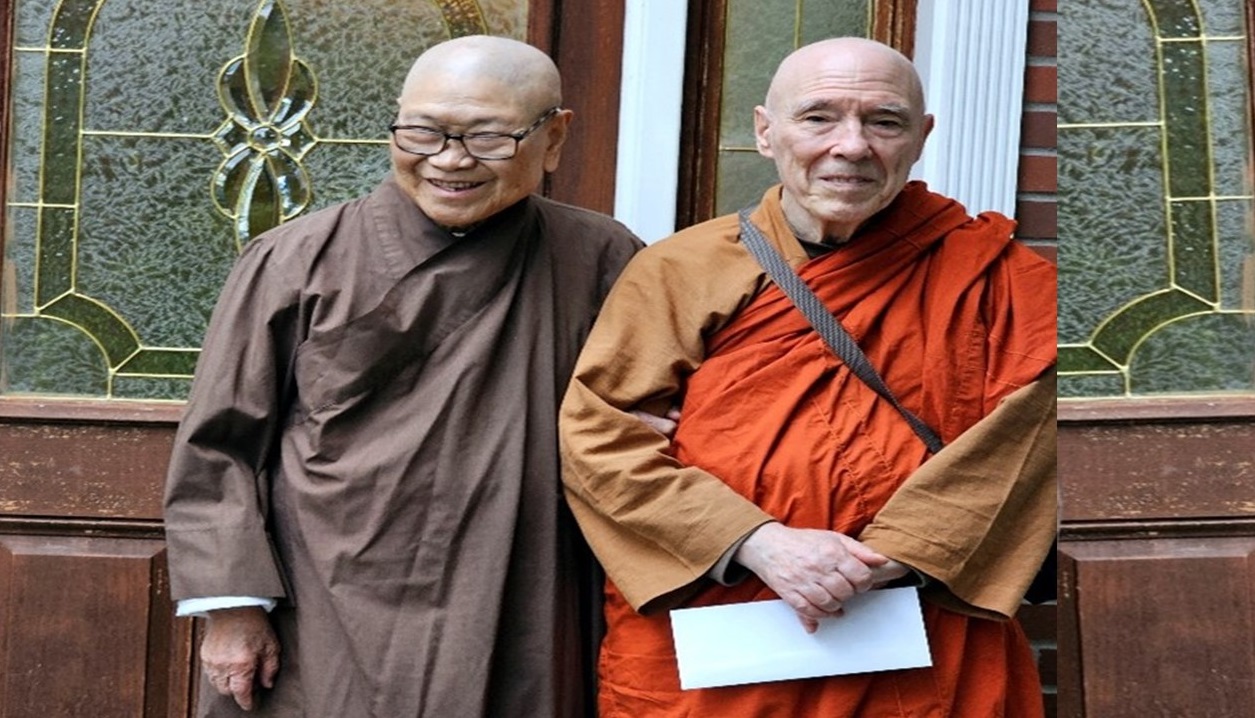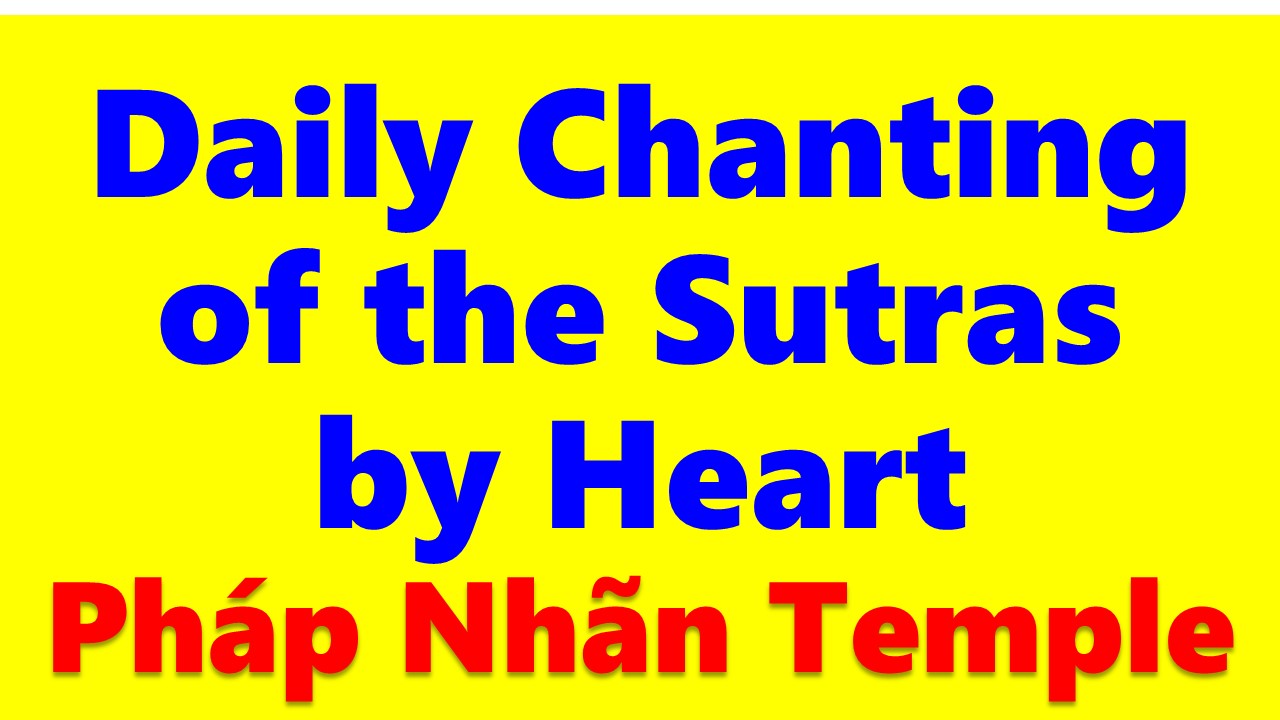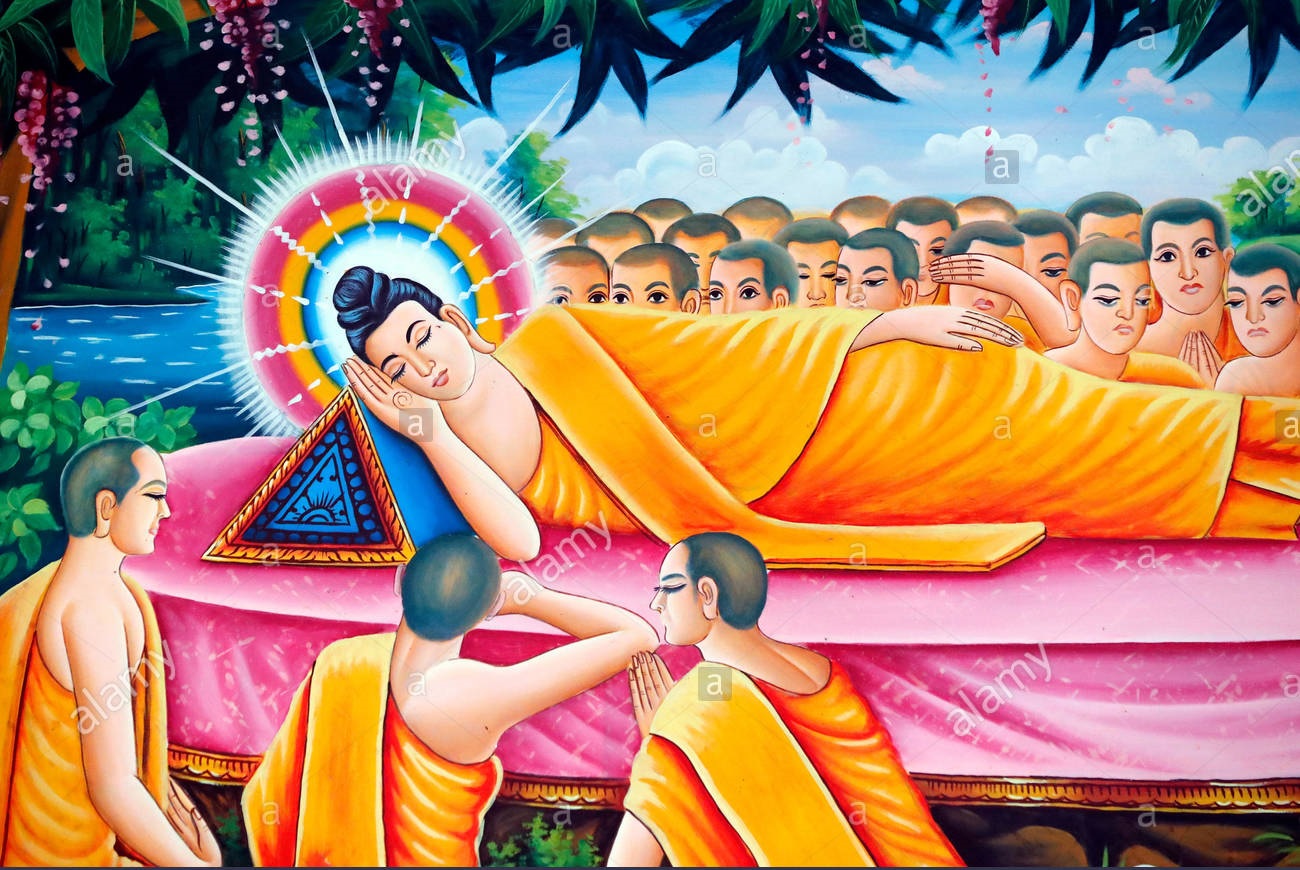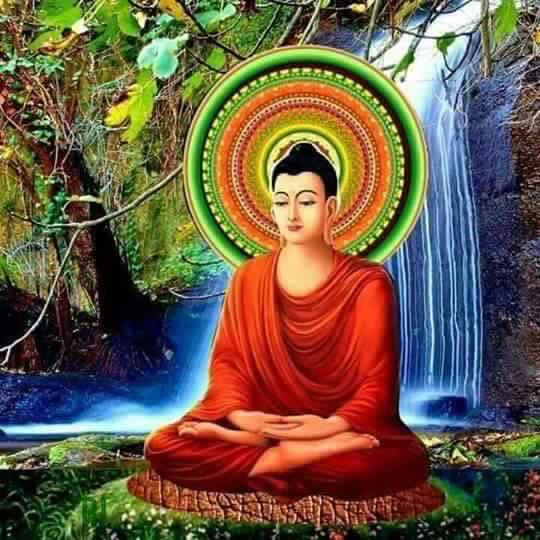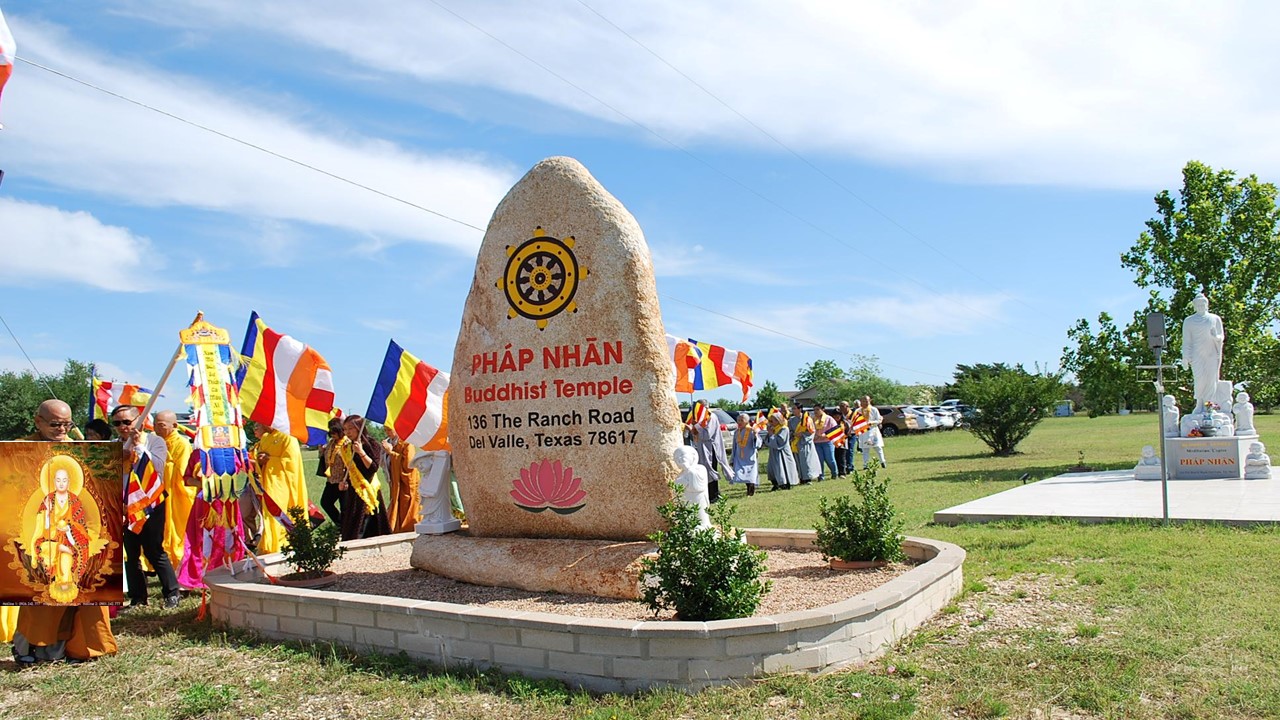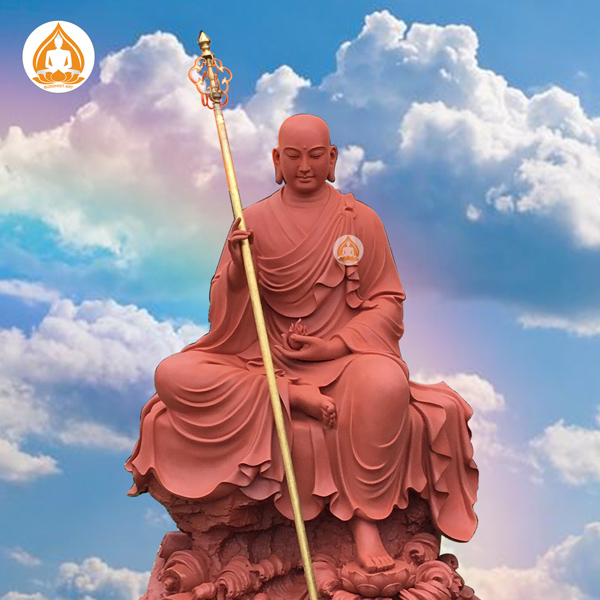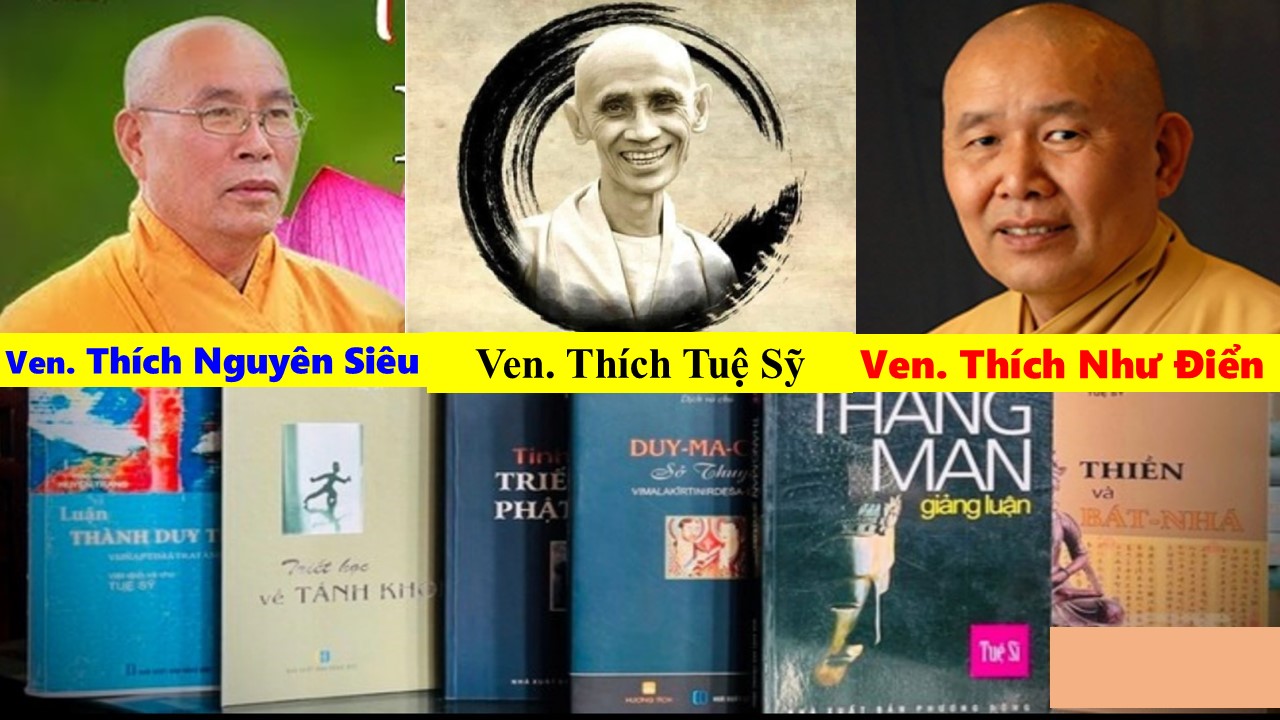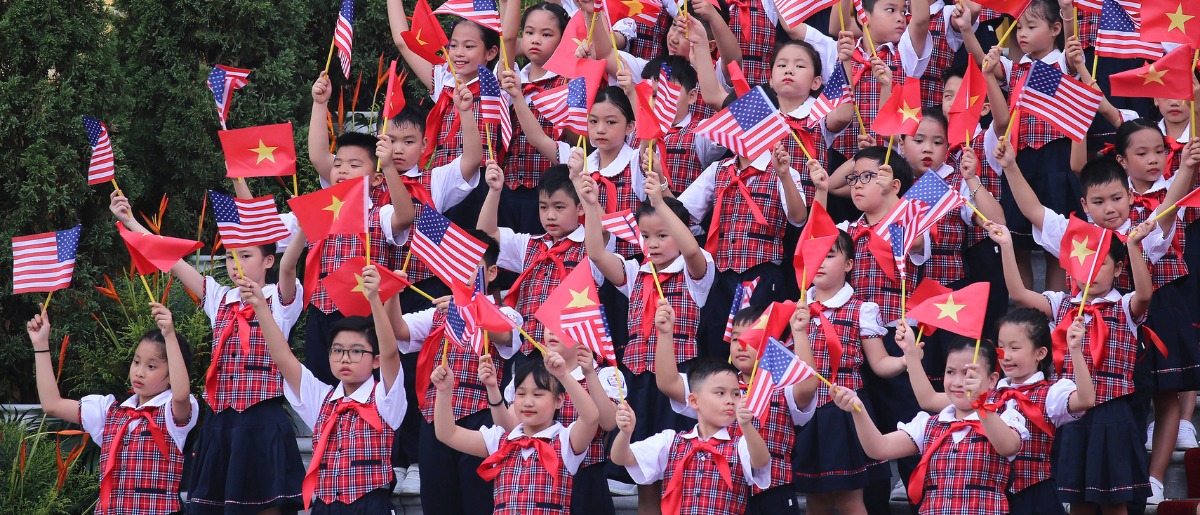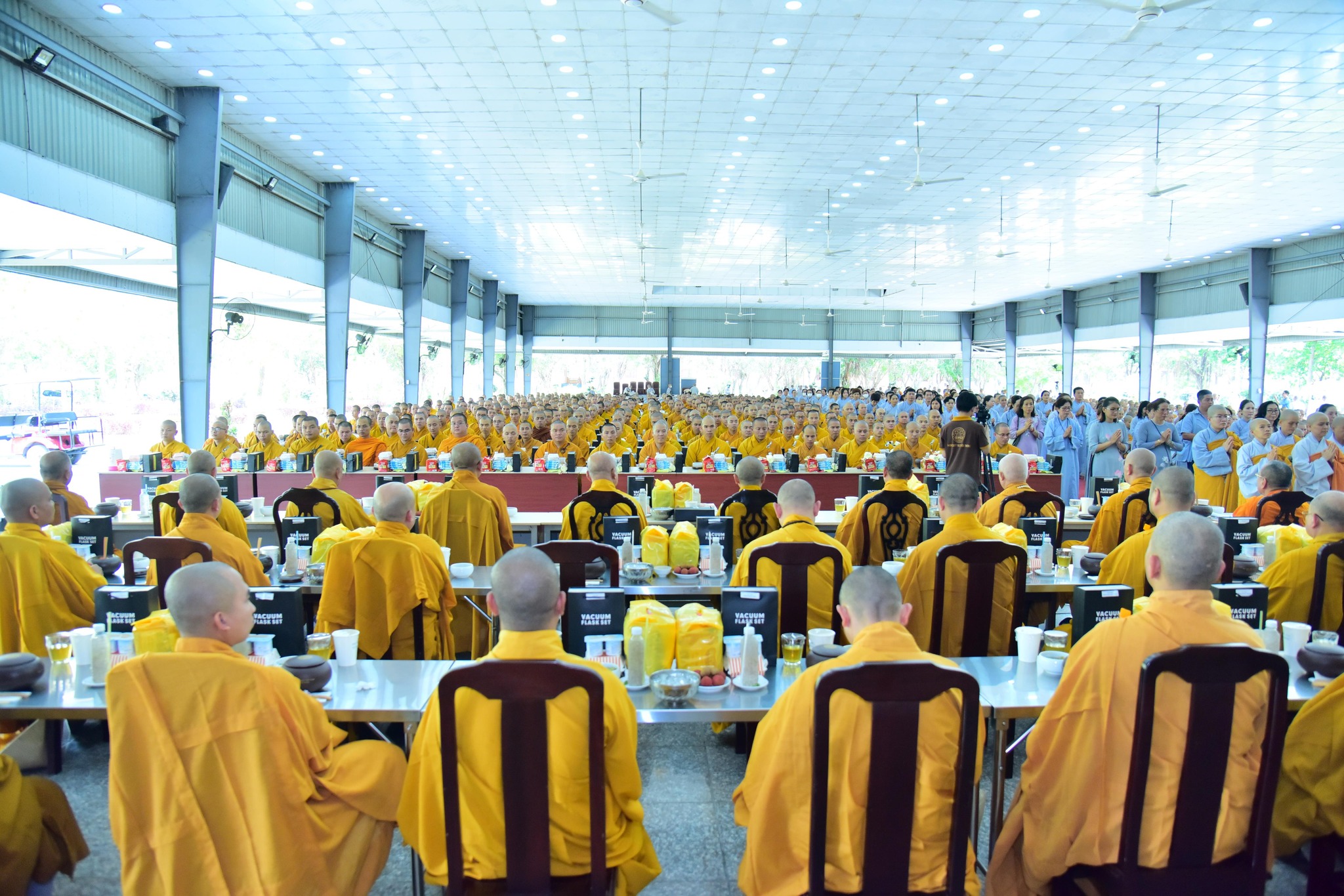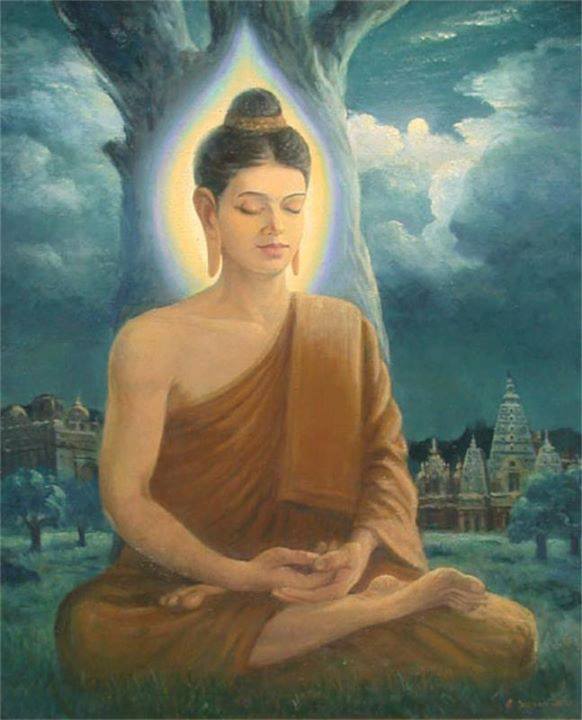
Siddhārtha Gautama, who was a historical man, a prince of Sakyan clan, son of King Suddhodana, lived in Kapilavastu castle nearly three thousand years ago. Siddhārtha was born on the Full Moon Day of Vesak month, corresponding to the common calendar May, in the year of 624 B.C.E., beneath the root of Ashoka tree in the Lumbini park, a part of Nepal today. Siddhārtha means the fully-contented man with sufficient merit and wisdom.
Seven days after the prince was born, his mother, Queen Māyādevī, passed away. His stepmother, who was Mahāpajāpatī Gotamī looked after him. When he reached at the age of 16, he married princess Yasodharā and had an only son named Rāhula.
Living in the lap of luxury, wealth and happiness, but the prince who still felt unfree and uncomfortable, along with his intimate named Channa, made a trip out of the four gates of the royal palace to visit the real world outside. Getting out of the gate, going to the East, the prince and Channa met an old person; going to the West, they met a sick person, going to the South, they saw a dead person; and going to the North, they met a mendicant. One of the four real scenes the prince witnessed, the fourth scene was not only a contemplative subject for him, but it also created the inspiration for him later on to become a homeless monastic, living without family and being not tied by family and children.
Leaving his royal family for religious life at the age of 29, learning ancient religion from two ascetics, Ālāra Kalāma and Uddaka Rāmaputta, spending six years practicing asceticism with his five brothers of Kondañña, hermit Siddhārtha saw that their extremist and ascetic practices hindered their enlightenment attainment. He decided to choose himself the way of cultivation without self-indulgence and self-mortification by practicing the Middle Path, that is, the Noble Eightfold Path with the eight interrelated lanes consisting of Right View (Sammā Diṭṭhi), Right Thought (Sammā Saṃkappa), Right Speech (Sammā Vācā), Right Action (Sammā Kammanta), Right Livelihood (Sammā Ājīva), Right Effort (Sammā Vāyāma), Right Mindfulness (Sammā Sati), and Right Concentration (Sammā Samādhi).[1]
After eating a milky porridge bowl made offerings by a young lady named Sujata, receiving a bunch of auspicious grasses (Kusa) from a farmer, going to Bodhgaya, Bodhisattva Siddhārtha was determined to sit in meditation beneath the Bodhi tree for 49 days and nights, until attaining the perfect enlightenment. Practicing meditation from low to high degrees, he contemplated and followed in-and-out breathing regularly, mindfully, and consciously. Thanks to such diligent practice, he obtained and dwelt in the first Meditation (Jhāna), the second Meditation, the third Meditation, the fourth Meditation, Concentration on the abode of infinite space (Akasanantya Yatana), Concentration on the abode of infinite consciousness (Vijnanantya Yatana), Concentration on the abode where nothing exists at all (Akincanna Yatana), Concentration on neither perception nor non-perception (N’evasanna Nasanna Yatana), and the Cessation of the Annihilation of Concentration (Nirodha Samapatti).[2]
On 49th night, in the first night watch, Bodhisattva who obtained “the Reminiscence of the Past Births” (Pubbe nivāsānussati māna) knew the causes and effects of his previous lives clearly; in the middle night watch, he who obtained “Clairvoyant supernormal vision” (Cutūpapāta māna) knew karmic retribution of human beings’ previous lives clearly; in the last night watch, when morning star arose, he who obtained “the Comprehension of the Cessation of Corruptions” (Āsavakkhaya māna) attained perfect enlightenment (Anuttara samma sambodhi), discovered the four noble Truths: Suffering (Dukkha), the Origin of Suffering (Dukkha samudaya ariya sacca), the Cessation of Suffering (Dukkha nirodha ariya sacca), and the Path leading to the Cessation of Suffering (Dukkha nirodha gāmini patipadā ariya sacca). Finally, Bodhisattva became the Buddha called Sakyamuni in Bodh Gaya at the age of 35.
After Bodhisattva became the Buddha, a heavenly King of deities named Brahma Sāhampati requested him three times to preach the Dharma and teach human beings. Finally, he agreed with Braham’s requests, and sought out two previous ascetics to spread the Dharma, but both of them died. Going to Deer Park (Migadava) in Sarnath, the Buddha preached the First Sermon (Dhamma Cakka Pavattana) to five fellow practitioners. They all understood the wonderful Dharma fully and obtained Arhanta. Thus, the Buddha, the Dharma, and the Sangha have been formed there.
The Buddha and His Sangha, who mainly depended on meditation – concentration, and on patrons’ alms-giving to nurture their minds and bodies, relished dwelling in the natural environment, and achieved self-attainment, joy and happiness all by themselves to instruct other people. Living their familyless lives, they who had much time to cultivate and serve human beings relied on sentiment of teacher and students, that of Dharma friends, that of fellow monks, sentiment of protecting the Dharma and propagating it to benefit living things and living beings all over the planet.
Next, the wealthy families include Mr. Dasa, his loved ones, relatives, and friends who were instructed by the Buddha and became his disciples. Among them, the most virtuous, talented, and famous disciples of the Buddha listed below are:
The honored Elder Sāriputta – the Head of the Dharma with supreme wisdom,
The honored Elder Moggallana – the Monk with supreme piety and psychic power,
The honored Elder Maha Kassapa – the exemplary Patriarch with the ability to teach and lead the Sangha, and practice ascetic cultivation supremely,
The honored Elder Subhuti – the Contemplator of supreme emptiness (Suññatā),
The honored Elder Purana – the brilliant Preacher of preaching the Dharma attractively,
The honored Elder Kaccayana – the brilliant Commentator of interpreting the Dharma fluently,
The honored Elder Anurudha – The Monk with unobstructed vision, that is, supremely Clairvoyant vision,
The honored Elder Upali – the leading exemplary Lawyer of repeating Vinaya Pitaka or Discipline observance supremely,
The honored Elder Ananda – the Monk who has the ability to much hear, acquire, to remember the Buddhadharma in detail repeats the Sutta Pitaka, is also the wholehearted, thoughtful, faithful, and skillful attendant with good countenance supremely,
The honored Elder Rahula – the Monk with the patience, deep listening, transformation, and practice of the First solemn and fine bodily action.
The honored female Elder Mahàpajàpati Gotami – the exemplary Patriarch with the ability to collect and lead the Bhikkhuni Sangha, and practice ascetic cultivation supremely,
A rich Lady Visakha – A benefactress of kind heart giving alms, making offerings, and protecting the Buddhadharma supremely.
A rich Gentleman Anathapindika – A benefactor of kind heart giving alms, making offerings, and protecting the Buddhadharma supremely.
After the Buddha’s passing away about over two hundreds years, King Ashoka – The holy Buddhist emperor with countless merit to spread Buddhism inside and outside India supremely.
In Vietnam, after the Buddha’s passing away about over one thousand and five hundred years, King Trần Nhân Tông, having left his royal life for monastic life, went up to Yên Tử mountain of Bắc Ninh province today, obtained fruition of enlightenment, applied and taught the Buddhadharma to the people living their lives of peace and happiness for a long time.
When his disciples became a large crowded, the Buddha encouraged and counseled: “O disciples! Go forth to many different directions to propagate the Dharma and save sentient beings, bring your own cultivation, joy and happiness to instruct other people. Out of peace and happiness for devas and human beings, spread the Dharma to all beings. The Tathāgata’s teachings are perfect in the beginning, perfect in the middle, perfect in the end, both in the spirit and in the letter. Proclaim the holy and peaceful life to the many all over the planet.” (See Mahāvagga 19 – 20).
Afterward, the Buddha taught very many different kinds of people, in all walks of society, such as kings, mandarins, merchants, servants, even cow feces pickers, murderers, and courtesans. His Dharma and Sangha have the capability to accept people coming from different castes, religions, skin colors, races, etc. Those who have enough wholesome conditions to cultivate, learn, understand, practice, and apply the Buddhadharma in their daily lives mindfully and awakeningly can bring peaceful joy and authentic happiness to themselves and to others right here and now in the present life.
The Buddha’s disciples mainly include two big Congregations: Monastics and lay people. Both of these congregations that support one another as an image and its shadow make the key factors bring Buddhism into life, and help life add joy and lessen suffering.
Propagating the Dharma for 45 years, all that the Buddha has taught is like a handful of tree leaves in the palm of his hand, is to help people recognize suffering and transform it, and to help them live lives of peace and happiness right in the present world.
Before entering Nirvana, the Buddha advised his disciples: “O disciples! Everything is impermanent and changing. Make efforts to cultivate and practice the Buddhadharma more and more, to bring joy and happiness to yourselves and to others. These are my ultimate teachings for you.” (See Dìgha Nikāya – Mahāparinibbāna sutta Part II, 16).
Existing on this earth for eighty years, about 544 B.C.E., at the age of 80, the Buddha who passed away peacefully lay on his right hip, left leg stretched out on right leg, his head turned to the Northern direction beneath two longevity trees in the Sala forest in Kusinagar District, India today.
To pay homage and profound gratitude to the World-Honored One, whose disciples themselves must live correctly with the Dharma by avoiding evil, doing good, keeping bodies and minds purified. All of us have to be gifts of cultivation, peace, joy, and true happiness to be dedicated to ourselves and other people right here and right now in the present life.
May you all be well and instilled into the Dharma of the World-Honored One.
[1] See the Discourse on the Turning of the Dhamma Wheel (Dhammacakkappavattana Sutta) of Connected Discourses on the Truths
(Samyutta Nikaya, 56: 11).
[2] See S. III. 28. Sāriputtasaṃyutta; CDB. III. Chap. VII. 1018.

